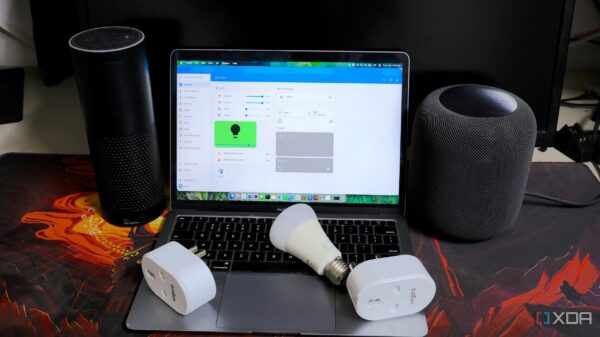Recent research from Concordia University has uncovered significant insights into how office design influences the volume of speech among employees. The study, published on November 5, 2025 in the journal Science and Technology for the Built Environment, indicates that the physical layout of workspaces plays a crucial role in determining how loudly individuals communicate in an office setting.
To assess real-world speech levels, researchers examined two active offices in Montreal and Quebec City, involving over 70 employees who spoke in either English or French. Using high-precision sound meters, the study measured speech levels across various office environments, including open-plan offices, private offices, and meeting rooms. The interactions observed ranged from casual conversations to online meetings, allowing for a comprehensive analysis of communication styles and their impact on speech volume.
Key Findings on Office Environment and Speech
One of the primary conclusions drawn from the study is that employees tend to speak significantly louder when situated in open-plan offices with desk partitions. Joonhee Lee, an associate professor in the Department of Building, Civil and Environmental Engineering, stated, “When the participants sat at a desk with partitions, they naturally increased their speech level.” This suggests that while partitions may help to reduce sound transmission, they may also lead workers to feel more comfortable speaking at higher volumes.
Contrastingly, the study found that meeting rooms maintained consistent speech sound levels, regardless of their size. Interestingly, teleconferences prompted slightly louder speech compared to face-to-face discussions, indicating that the format of communication can also influence volume. Notably, the language spoken did not significantly affect speech levels.
Implications for Office Design Standards
The research also highlighted a remarkable disparity between actual speech levels in office environments and existing industry standards. These standards are often derived from laboratory tests conducted in anechoic chambers, where participants do not receive reflective feedback on their voice levels. Consequently, the study revealed that speech levels in real-world settings were lower than those predicted by these standards.
Lee emphasized the importance of considering background noise in office design, stating, “A decrease in background noise only amplifies the perception of other kinds of noise.” The findings suggest that a moderate level of background noise can enhance productivity and concentration, challenging the conventional notion that complete silence is ideal for work environments.
As organizations continue to adapt to open-concept offices and flexible work arrangements, this research provides valuable insights into the relationship between workspace design and communication. Understanding these dynamics can help employers create more effective and conducive work environments that account for the natural tendencies of human interaction.
For further details, refer to the study conducted by Rewan Toubar et al. in the journal Science and Technology for the Built Environment.





































































